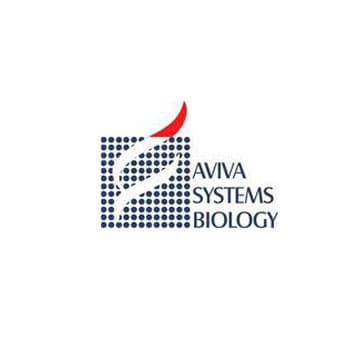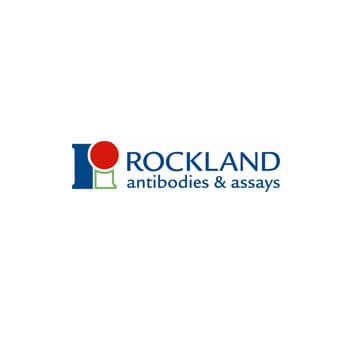
Supplier:
Aviva Systems Biology IncorporatedHUMAN CHORIONIC GONADOTROPIN (hCG) ENZYME IMMUNOASSAY TEST KIT (96 Wells)
The appearance of hCG in urine or serum soon after conception and its rapid rise in concentration makes it an ideal indicator for the detection and confirmation of pregnancy. However, elevated hCG levels are also frequently associated with trophoblastic and non-trophoblastic neoplasmas.11-17, 31-35
In women with a multiple pregnancy (twins, triplets, etc.), levels of hCG have been reported to be higher than those expected during a normal single pregnancy. This is probably the result of the increased placental mass necessary to sustain multiple fetuses. Also, as one might suspect, cases of placental insufficiency show levels of hCG lower than those expected during normal pregnancy. Decreased values have also been associated with threatened abortion and ectopic pregnancy.25-30
Immunoassays utilizing antibodies specific to the beta subunit of hCG provide a sensitive and specific technique allowing early detection of pregnancy around the time of the first missed menstrual period.18-24
Enzyme Immunoassay for the Quantitative Determination of Human Chorionic Gonadotropin (hCG) in Serum
Principle of the assay: The Aviva hCG ELISA Test is based on a solid phase enzymelinked immunosorbent assays (ELISA).26, 27 The assay system utilizes one mouse monoclonal anti-hCG antibody for solid phase (microtiter wells) immobilization and another mouse monoclonal anti-hCG antibody in the antibody-enzyme (horseradish peroxidase) conjugate solution.
The test specimen (serum) is added to the hCG antibody coated microtiter wells and incubated with the Zero Buffer at room temperature for 30 minutes. If hCG is present in the specimen, it will combine with the antibody on the well. The well is then washed to remove any residual test specimen, and hCG antibody labeled with horseradish peroxidase (conjugate) is added. The conjugate will bind immunologically to the hCG on the well, resulting in the hCG molecules being sandwiched between the solid phase and enzyme-linked antibodies.
After incubation at room temperature for 15 minutes, the wells are washed with water to remove unbound-labeled antibodies. A solution of TMB is added and incubated at room temperature for 20 minutes, resulting in the development of a blue color. The color development is stopped with the addition of 1N HCl, and the color is changed to yellow and measured spectrophotometrically at 450 nm. The concentration of hCG is directly proportional to the color intensity of the test sample.
Prices direct from Aviva Systems Biology Incorporated
Quick response times
Exclusive Absave savings/discounts
Applications
ELISA
Reactivities
Hum
Applications
ELISA
Reactivities
Hum
Applications
ELISA, WB
Hosts
Mouse
Applications
IHC
Hosts
Mouse
Latest promotions
Buy any polyclonal or monoclonal antibody from our extensive range of pre-made antibodies and for a limited time only receive a $50 discount!(T&C apply:...
New brilliant antibodies, and new lower prices!For flow cytometry reagents in general, \"bright is better.\" The violet-excitable BD Horizon™ BV421 and...
10% Discount on 2 Rabbit Polyclonal Antibody Service. With over 20 years experience, SDIX has developed into the premier US custom antibody producer,...
For the past decade scientists have extensively used ATS secondary toxin conjugates to make their own targeted toxins for in vitro use.The ability to combine...
We're so sure that you'll prefer Cayman Assay kits over your present brand that we're willing to give you a free assay kit to prove it!
Did your supplier increase the price of Fetal Bovine Serum? Did they substitute the US Origin with USDA? Well say no more! Innovative Research is still...
Bulk Cytokines with Custom Vialing.20 - 50% off cytokines, growth factors, chemokines and more...For a limited time Cell Sciences is offering substantial...
Are you planning to have a customised antibody made for your research?Since 2000, Everest has been producing a catalog containing thousands of affinity...
Top suppliers
Agrisera AB
11 products
Biotrend
Biosensis
969 products
ABBIOTEC
3011 products
SDIX
1 products
Spring Bioscience
2291 products
Cell Signaling Technology
4976 products
Rockland Immunochemicals, Inc.
7592 products
Boster Immunoleader
1533 products
OriGene Technologies Inc.
5281 products
Maine Biotechnology Services
227 products
BD (Becton, Dickinson and Company)
1 products
ABNOVA CORPORATION
Randox Life Sciences
1502 products










